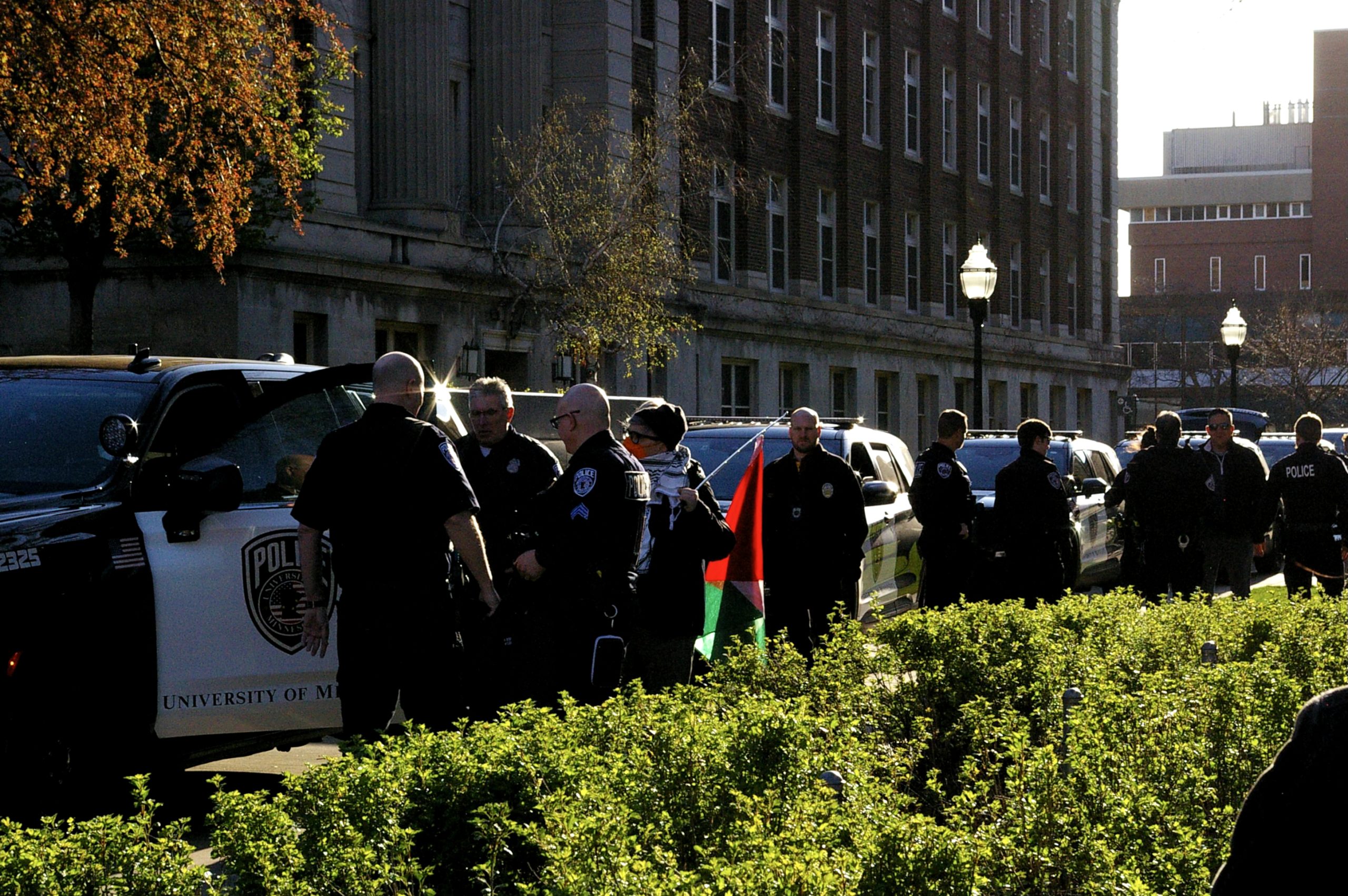After hiking the ball, sophomore quarterback Philip Nelson is given a split second to make a decision in Minnesota's read-option offense. Does he hand off the ball to his running back or keep it and run himself?
When the Gophers ran the ball on 62% of their offensive plays against UNLV August 29, there was speculation that they did so to take advantage of the Rebels' inability to defend the read-option. Besides, in reference to an offensive game plan, head coach Jerry Kill said that the Gophers will take what defenses give them.
After UNLV gave up 221 rushing yards on 38 carries, the Gophers ramped up the run game even more last Saturday at New Mexico State. 43 carries amounted to 342 rushing yards and Minnesota ran the ball on 74% of its plays.
It doesn't look like that's going to change, even with injury concerns about Nelson taking hits while on the run. Given that Nelson has the third-most rushing yards (205) of any FBS quarterback this season – albeit against UNLV and New Mexico State – change isn’t necessary.
So, let's break down Minnesota's read-option offense since it appears we're going to be seeing it every week for the rest of the season.
Read-Option
In this play, UNLV loaded up the box with eight players. One of its safeties, on the far left, came closer to the line of scrimmage in anticipation of the run. Since one safety is close to the line, the Rebels' other safety plays the middle of the field instead of just one side (number five at the top of the frame).
While putting eight men in the box is great for stopping runs in-between the tackles, it can limit a team's ability to contain rushes toward the sideline since one safety has to cover more ground to get there. This tactic can be especially detrimental if a defensive end or outside linebacker pinches to the inside towards the running back. That's exactly what happens on this play, where the UNLV defender furthest to the right dives inside at running back Donnell Kirkwood — thinking he has the ball.
Instead, Nelson keeps the pigskin and is given a clear lane to the outside where just one safety stands between him and the end zone. Later in the play, fullback Mike Henry blocks that safety and Nelson scampers 48 yards nearly untouched for the Gophers' first touchdown of the year.
Earlier in the game, Minnesota's read-option didn't have as much success. With two safeties dropped back in a more traditional set, the Rebels were ready for a potential Nelson run toward the sideline and the Gophers quarterback gave the ball to Kirkwood. UNLV's defense wasn't fooled, leaving Nelson completely alone as it stopped Kirkwood for just one yard.
Play Action
The Gophers have only had one 20+ yard completion this season that didn't come as a result of play action — and it came when KJ Maye broke two tackles for extra yardage against UNLV. All of Minnesota's other big gains through the air have come when Nelson tricks the defense into thinking a run is coming before throwing over the top.
That's one value in being a run-heavy offense: teams expect you to run the ball and a play action fake can result in a huge gain.
Nelson fakes a hand-off to Kirkwood and the UNLV defense, expecting a run, crowds the Gophers' tailback. Tight end Drew Goodger (number 83) runs a slant route from the left side of the field to the right as Nelson rolls out to the sideline.
After a textbook play action fake, Nelson has rolled out and has tons of options available. He can run, hit the receiver at the top right of the screen, or throw to Goodger (uncovered). Nelson tosses the ball to Goodger for a 21-yard gain.
When it doesn't:

Most teams are expected to run on first down and the Gophers tried to exploit that against UNLV by sending receiver Derrick Engel deep for a play action fake pass. UNLV's defensive backs didn’t bite, though, and Nelson forced the throw despite double coverage.
Nelson appeared to under-throw Engel a bit, which allowed UNLV safety Tajh Hasson to get into the frame and intercept the pass. Engel could have made a better effort to come back to the ball, but it was thrown short to begin with. The redshirt senior receiver took a lot of heat for recording zero receptions against UNLV, but he has since gained confidence after a 48-yard play action connection with Nelson last week at New Mexico State.
Minnesota's receivers are still a work in progress and conventional wisdom suggests they'll need to step up if the Gophers expect to make any noise in Big Ten play. Then again, if Nelson continues to make the right reads in Minnesota's run-first offense he might continue to be one of the nation's leaders in rushing as the Gophers scamper to their first winning record under Kill.
*Photos courtesy of Big Ten Network




















